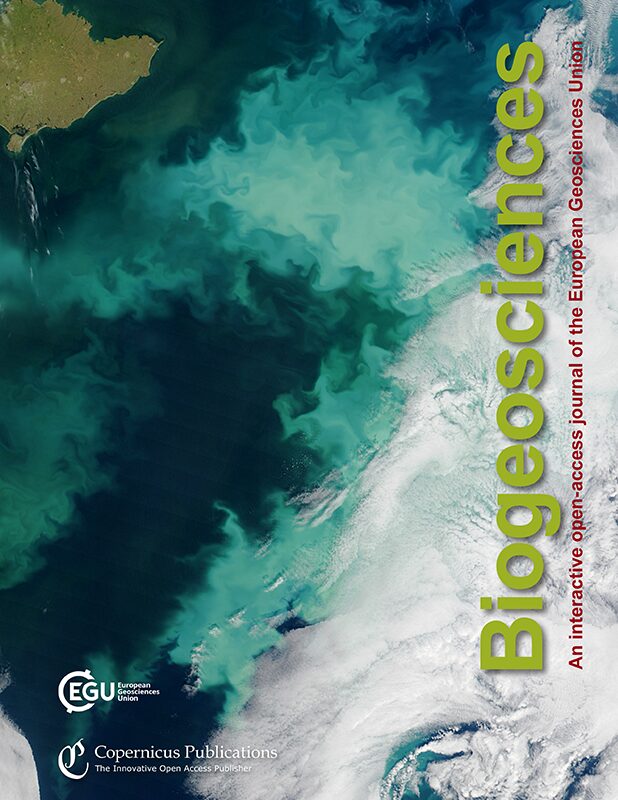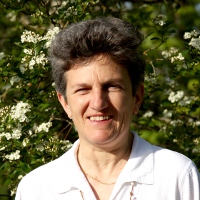Biomass burning impacts vegetation dynamics, biogeochemical cycling, atmospheric chemistry, and climate, with sometimes deleterious socio-economic impacts. Under future climate projections it is often expected that the risk of wildfires will increase. Our ability to predict the magnitude and geographic pattern of future fire impacts rests on our ability to model fire regimes, either using well-founded empirical relationships or process-based models with good predictive skill. A large variety of models exist today and it is still unclear which type of model or degree of complexity is required to model fire adequately at regional to global scales. This is the central question underpinning the creation of the Fire Model Intercomparison Project – FireMIP, an international project to compare and evaluate existing global fire models against benchmark data sets for present-day and historical conditions. In this paper we summarise the current state-of-the-art in fire regime modelling and model evaluation, and outline what lessons may be learned from FireMIP.
The status and challenge of global fire modeling


